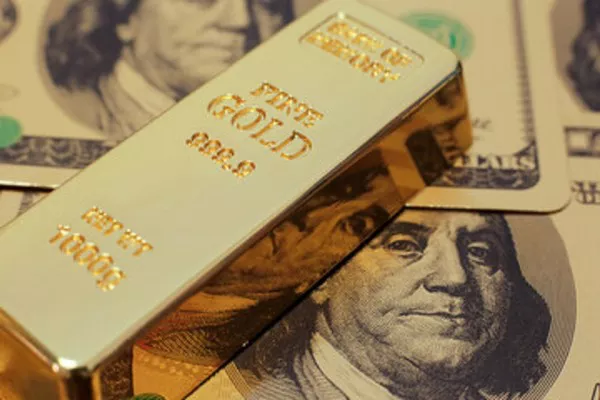Gold, often referred to as the “safe haven” asset, has been a valuable and sought-after commodity throughout history. In modern financial markets, gold futures offer investors and traders an avenue to participate in the price movements of this precious metal without physically owning it. This article aims to provide a comprehensive guide to how gold futures work, the mechanics of trading, factors influencing prices, and the benefits and risks associated with these financial instruments.
I. What are Gold Futures?
Gold futures are standardized contracts that facilitate the buying or selling of a specific quantity of gold at a predetermined price on a future date. These contracts are traded on commodities exchanges, such as the Chicago Mercantile Exchange (CME) and the Multi Commodity Exchange (MCX). Gold futures allow participants to speculate on the price movements of gold without needing to own physical gold. They serve as a vital hedging tool for producers and consumers in the gold industry to manage price risks.
II. Mechanics of Gold Futures Trading
Trading gold futures involves several key aspects:
Contract Specifications:
Each gold futures contract specifies the quantity of gold to be delivered, the quality of the gold, the delivery location, and the delivery date. For example, the standard gold futures contract on the CME represents 100 troy ounces of 24-carat gold.
Margin and Leverage:
To trade gold futures, participants are required to deposit an initial margin with their broker. The margin amount is a fraction of the contract’s total value, which allows traders to access leverage. Leverage enables traders to control a more substantial position with a smaller initial investment. However, it also amplifies potential losses.
Price Fluctuations:
Gold futures prices are influenced by supply and demand dynamics, geopolitical events, economic indicators, and market sentiment. As with any financial instrument, the forces of supply and demand play a significant role in determining the price of gold futures.
Rolling Over Contracts:
Most traders do not intend to take physical delivery of gold. Instead, they close their positions before the contract’s expiration date and enter new contracts, a process known as “rolling over.” This allows traders to maintain exposure to gold price movements without dealing with physical delivery.
III. Factors Influencing Gold Futures Prices
Several factors impact the price movements of gold futures:
Global Economic Conditions: Gold is often seen as a hedge against economic uncertainty and inflation. During times of economic instability, demand for gold tends to increase, driving up its price.
Interest Rates and Monetary Policy: Gold’s appeal is influenced by interest rates. Lower interest rates can make gold more attractive compared to interest-bearing assets, as it does not yield interest or dividends.
Geopolitical Events: Political tensions and geopolitical events can create uncertainties in financial markets, leading investors to seek the safety of gold.
Currency Movements:As gold is priced in U.S. dollars, fluctuations in currency values can impact the price of gold for investors in other countries.
IV. Benefits of Gold Futures
Gold futures offer several advantages to investors and traders:
Diversification: Including gold futures in an investment portfolio can enhance diversification and reduce overall risk. Gold has historically shown a low correlation with other asset classes like stocks and bonds.
Liquidity: Gold futures are actively traded in major commodities exchanges, ensuring high liquidity and ease of buying and selling positions.
Leverage: As mentioned earlier, leverage allows traders to control larger positions with a smaller initial investment, potentially magnifying profits.
V. Risks of Gold Futures
Despite their benefits, gold futures also come with inherent risks:
Price Volatility: Gold prices can be highly volatile, and leveraged trading can amplify both gains and losses.
Margin Calls: If a trade moves against a trader, they may be required to deposit additional funds (margin call) to maintain the position. Failure to do so can result in forced liquidation of the position at a loss.
Market Risks: As with any financial market, unforeseen events or changes in market sentiment can lead to sudden and significant price swings.
Conclusion
In conclusion, gold futures offer a compelling opportunity for investors and traders to participate in the price movements of gold without the need for physical ownership. These standardized contracts traded on commodities exchanges provide a means to hedge against price risks in the gold market and diversify investment portfolios. Understanding the mechanics of trading, factors influencing gold prices, and the benefits and risks associated with gold futures is essential for making informed decisions and navigating the complexities of the precious metal market. As with any financial instrument, careful consideration of risk tolerance and appropriate risk management strategies are crucial when engaging in gold futures trading.

